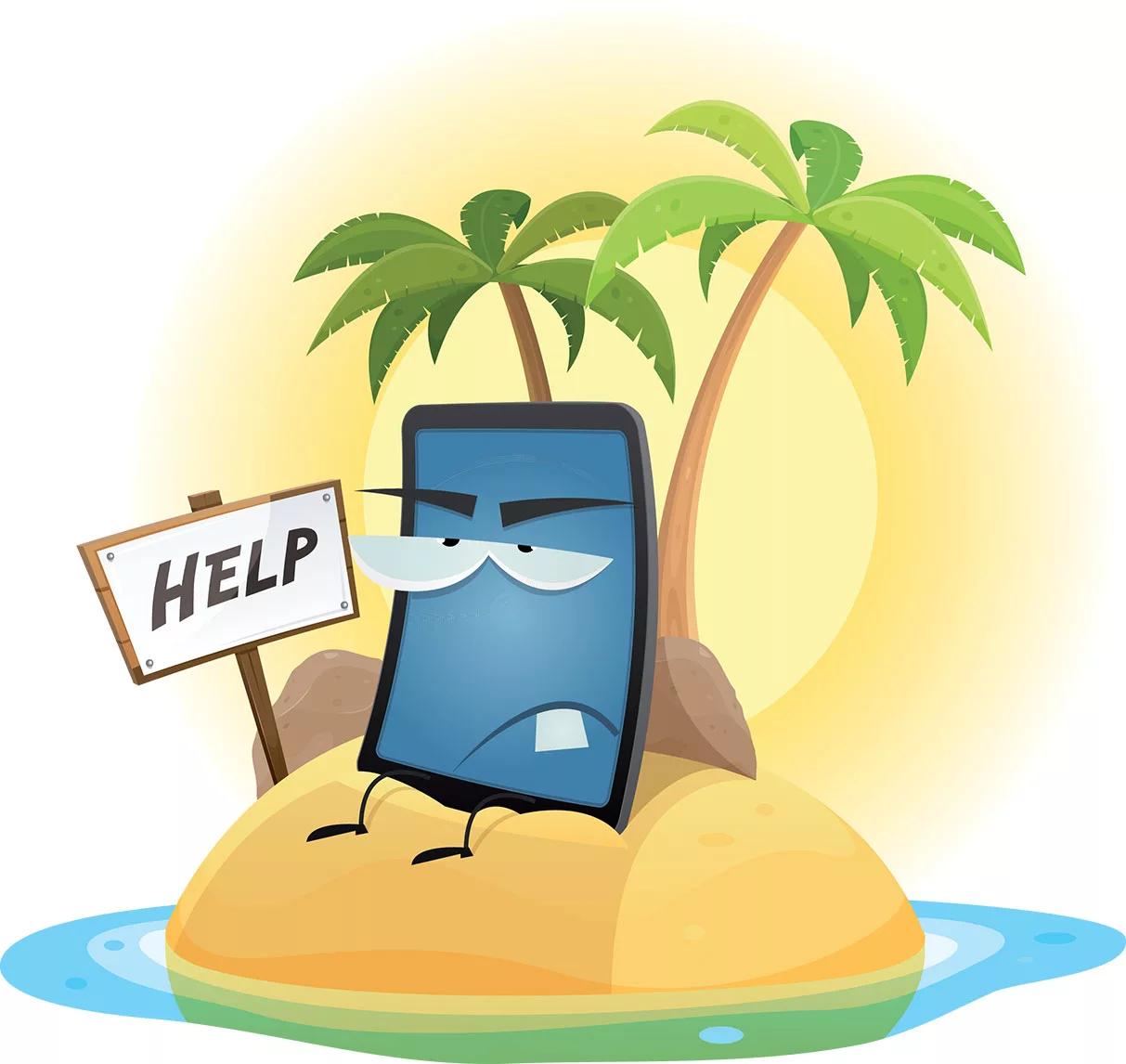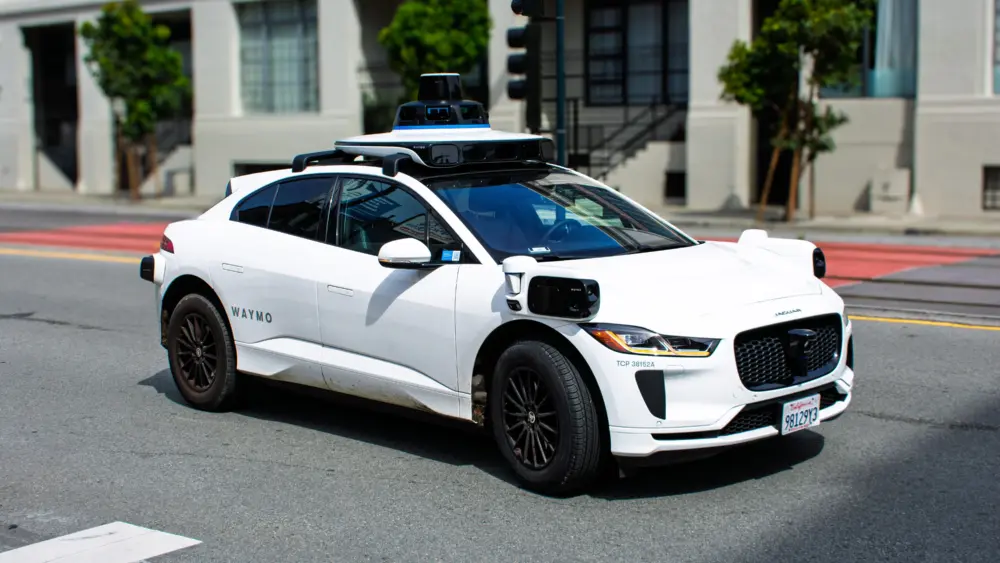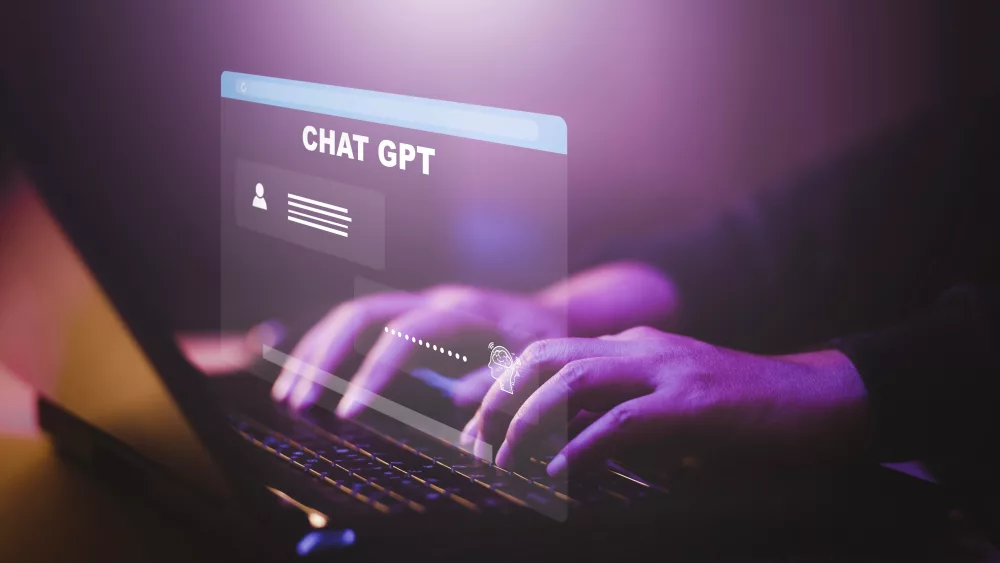
For those of us who have smartphones, it’s hard to say whether losing one’s wallet or one’s phone is the greater disaster. My friend, Larry, lost his Apple iPhone in Old Jerusalem on a recent (pre-war) trip to Israel. He was sitting listening to a presentation, and it simply fell out of his pocket. By the time he discovered it was missing, he and his wife had left Old Jerusalem. Returning to their previous location, his smartphone was nowhere to be found. What to do?!
Fortunately, the “Find My…’ feature of iOS was enabled, and Larry’s wife had permission to track his phone, so using her iPhone they tracked his iPhone across town to the Waldorf Astoria Jerusalem. There, they were befriended by an Israeli businessman (or was he a Mossad agent?) who declared with certainty, “We will find your phone.” The tracking signal got lost inside the hotel, but suddenly it crossed the street outside, and they could see a man with a phone in his hands and Larry’s phone next to him on a bench. To quote Larry, “a tussle ensued” between their new Israeli friend and the man with the phones, but Larry’s iPhone was recovered, with its data still secure.
“Find My…” can do a lot of things besides showing you the location of your Apple device. You can also play a sound (to see if the device is in earshot), be notified if your device is left behind (i.e. you walk out of signal range), mark the device as lost (which causes the device to display a helpful message for someone who finds the phone) or, finally, the nuclear option: completely erase the device.
If your phone is important to you (and whose phone isn’t?), it’s worthwhile taking the time to understand what your smartphone’s tracking feature can do before you lose it. Apple’s page at apple.com/au/icloud/find-my/ is a good starting place. In particular, you want to make sure that someone else is permitted to view your phone’s location.
(For Android phone owners, Google offers a similar app called “Find My Device,” which does many of the same things, although one reviewer describes it as “a barebones app.”)
The important thing is to make sure tracking is set up, so that if—God forbid—your phone goes missing, you have a better chance of recovering it. Unfortunately, if your iPhone is stolen and you locate it, the police won’t help you recover it—they need a warrant and location information is not considered sufficient cause for one. You probably shouldn’t confront a possible thief either (unless perhaps you are a Mossad agent), as it opens you up to all sorts of liability as well. Erase the device remotely, hopefully before the thief can access your data.
After hearing Larry’s story (and checking my iPhone settings), I became curious about exactly how “Find My…” works. On the one hand, if your iPhone is online (i.e., connected to either a cellular or Wi-Fi network), it can simply send its location (securely) over the network to the owner’s iCloud account. That’s why smart thieves immediately turn off those features. If an iPhone is not connected to a network, it can still use Bluetooth to send its location to nearby Apple devices which, in turn, securely relay it to iCloud. If the phone is turned off or runs out of power, of course, it cannot communicate at all.
Bottom line: device location features can be very useful, but you need to understand how to set them up correctly before you lose your phone, as well as their limitations. And if your phone is actually stolen, your best bet is probably to erase it rather than confront the occupant of its location (which might be inaccurate).
Still, I really enjoy using my phone to pay for purchases. It’s much easier than pulling out my wallet and fiddling with credit cards. And since I keep pictures of my kids on my phone, the only thing perpetuating that brown leather lump in my back pocket has been my driver’s license. In chatting with Larry about his lost iPhone adventure, he mentioned that the California DMV is piloting a mobile driver’s license (mDL) that will make my physical wallet obsolete. From the DMV website: “The mDL offers a quick and secure identity-check at airports, without handing over your phone. Speed through TSA PreCheck at SFO and LAX.”
Alas, the pilot program (dmv.ca.gov/portal/ca-dmv-wallet) comes with this caveat: “Continue to carry your physical driver’s license or state-issued ID card. Law enforcement, state government agencies and businesses aren’t yet accepting the mDL.” So, I guess I can’t leave my wallet behind just yet. But the future is in sight!
To participate in the pilot program, all you need to do is download the “CA DMV Wallet” application from the App Store (for iOS) or Google Play (for Android), sign up for a myDMV account (which you may already have if you renew your license or vehicle registration online), and scan your existing driver’s license into the DMV Wallet.
Let me know your thoughts about ditching your wallet at mike@mikeduffy.com.
Author
-

Michael E. Duffy is a 70-year-old senior software engineer for Electronic Arts. He lives in Sonoma County and has been writing about technology and business for NorthBay biz since 2001.
View all posts



